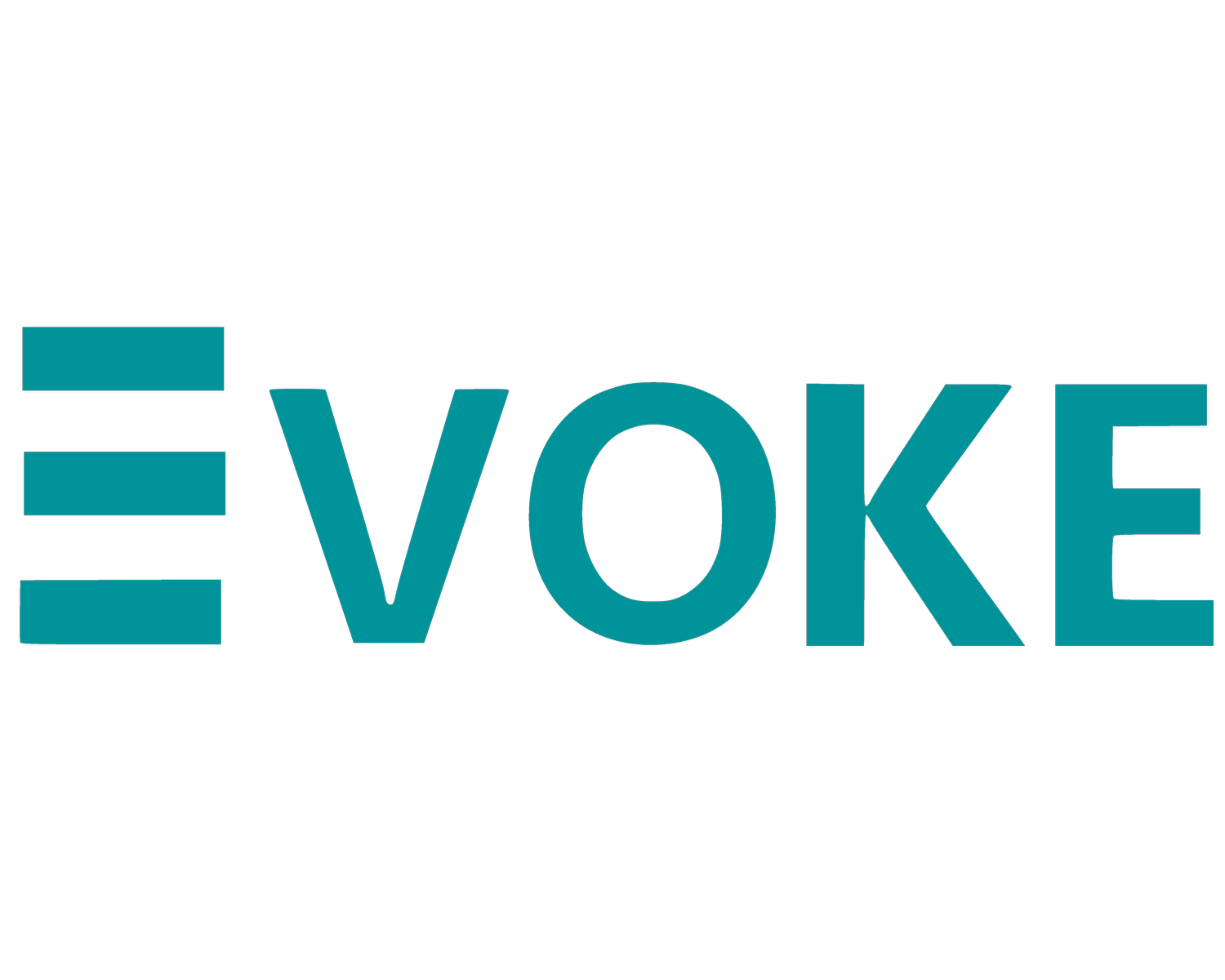Do these 5 things to actually enjoy small talk
Find commonalities. Imagine this: It's lunch, and you’re standing in line at a conference buffet. The person in front of you is someone you were hoping to meet. How lucky! But here’s the hard part that keeps most of us from making the introduction—what to say! Here’s a tip: look around the room and notice your surroundings. What do you see, what do you hear, and why are you all there? Consider what you and this person have in common, then use these commonalities as conversation starters. Everything from the conference topics to the delicious-looking salads makes for great small talk topics. *Note: people prefer to chat with those who have positive things to say, so complaining about the traffic to get there or the soggy bread will likely be a turnoff.
Listen. Imagine this: you walk into a conference networking space and see many small groups of people in circles interacting with each other. How do you break into this scene gracefully?! I’m sure this would feel intimidating, even to the best networkers. To be clear, the hard part isn’t walking up to a group; it’s figuring out what to say! Here’s a tip: say nothing (at first). Instead, be a great listener and look for hooks and openings. Listen for a natural pause where you can interject an idea along their topic or contribute an experience that adds to their existing conversation.
Ask probing questions. Once you’ve successfully brokered the introduction, you might feel challenged to keep the conversation going. Remember (from Tip 3) that to do so, you don’t have to be the person doing all of the talking. Gain their participation by asking them questions. Avoid yes/no questions that result in dead ends and replace them with open-ended ones. Instead of asking, “Are you enjoying the conference?” You might say, “What session have you learned the most from?”
Peel the onion. Congrats! You’ve got them engaged. Bridging from small talk to meaningful conversation is your next move. This transition can be achieved by peeling the onion (with less tear, hopefully). Using the example above, once they’ve answered what session they’ve learned the most from, ask them to share their learning, then continue probing until you arrive at an interesting conversation about how the topic relates to their work or a shared interest area.
Contribute. Caveat to the above. This isn’t an interview. Don’t pepper your connection with rapid-fire questions. That’s exhausting and uninteresting to them. You can’t do all of the asking; you must also share with them. Look for moments to contribute your ideas, experiences, and insights. Remember that a conversation is a dialogue, not a monologue.
